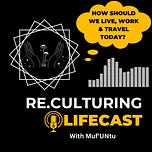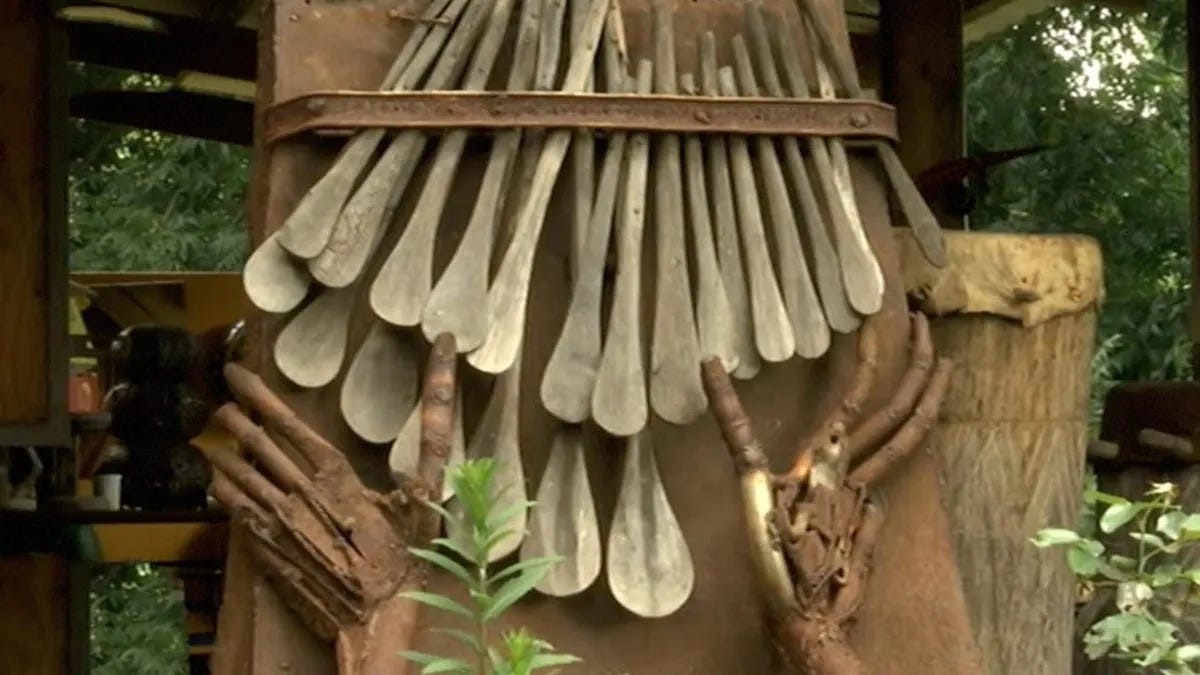THE RITUAL FUNCTIONS OF THE MBIRA
The mbira is like your Bible . . . It's our way of praying.
It’s our phone with the ancestors.
– Ambuya Nyati: Shona Ritual Music, OCORA, March 2013, liner notes
In Shona society, the ancestors (vadzimu) are part of the continuity of the world of the living. They play the role of intermediary with a creator, a god under different names (Musikavanhu, Dziva Guru, Mwari). Ancestors watch over their descendants, guide them, advise them and exercise power over their health.
Alongside the family ancestors, the mhondoro and makwombwe, spirits of the great leaders and prophets of the past, respond to concerns of the community, particularly related to wars, harvests and the climate. The njuzu, female water spirits, are associated with children.
Ceremonies can be organized in response to collective or individual problems. In the village context, the most common ritual is the bira (pl., mapira), which takes place indoors, in a dwelling, or sometimes in a designated space (banya). In the urban setting, this event is usually held at home and is also called the dandaro (pl., matandaro).
These rites often take the following course:
At nightfall, the community or family concerned gather around the musicians and the medium, the svikiro (pl., masvikiro). The spirits are summoned by the playing of the mbira. The audience participates by singing, dancing, clapping their hands, ululations (mhururu) from women and whistling (mheterwa) from men. The musicians play until one of the mediums (or more rarely a musician or someone in the audience) is possessed. The music then increases in intensity, and often ends with a purely instrumental passage. The answers provided by the medium often include a reminder of the rules of Shona society, thus playing an important role in social cohesion.
Extract from https://www.stellachiweshe.com/aboutmbira












Share this post